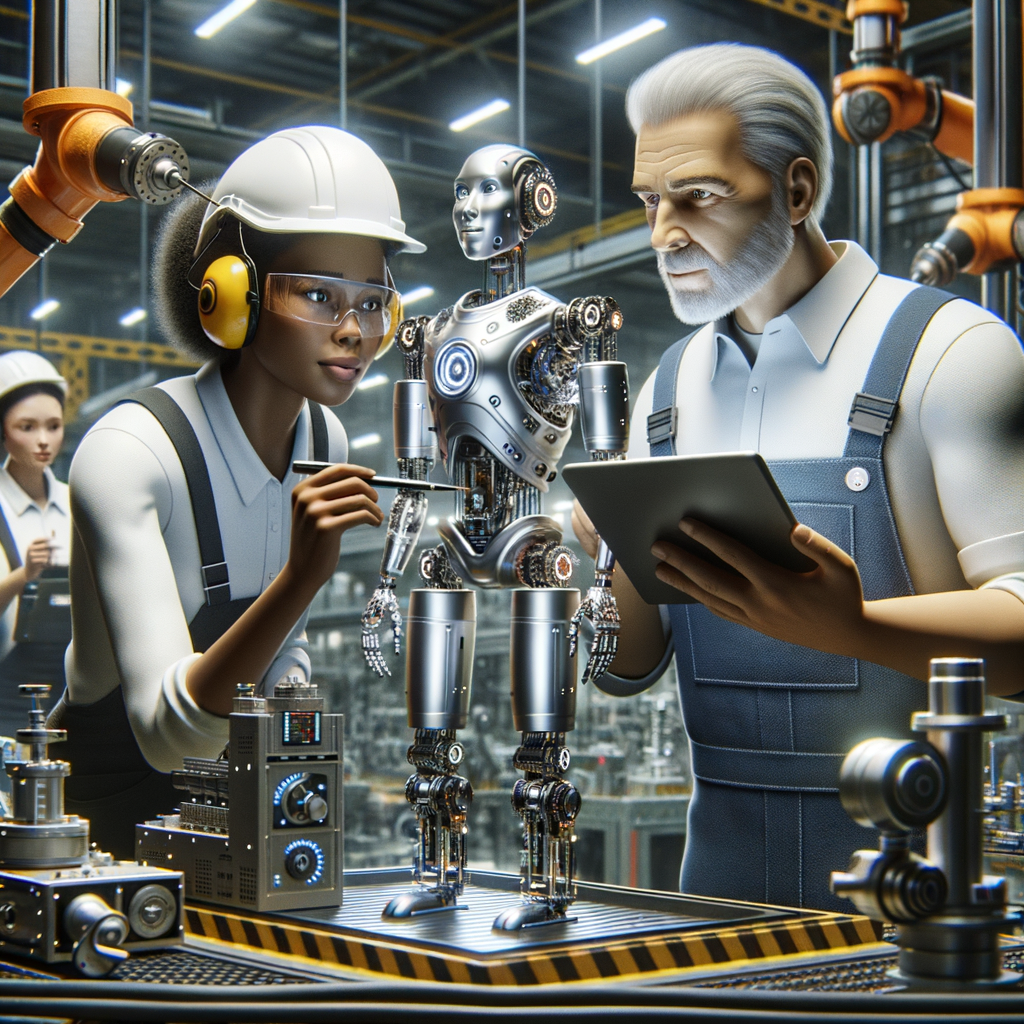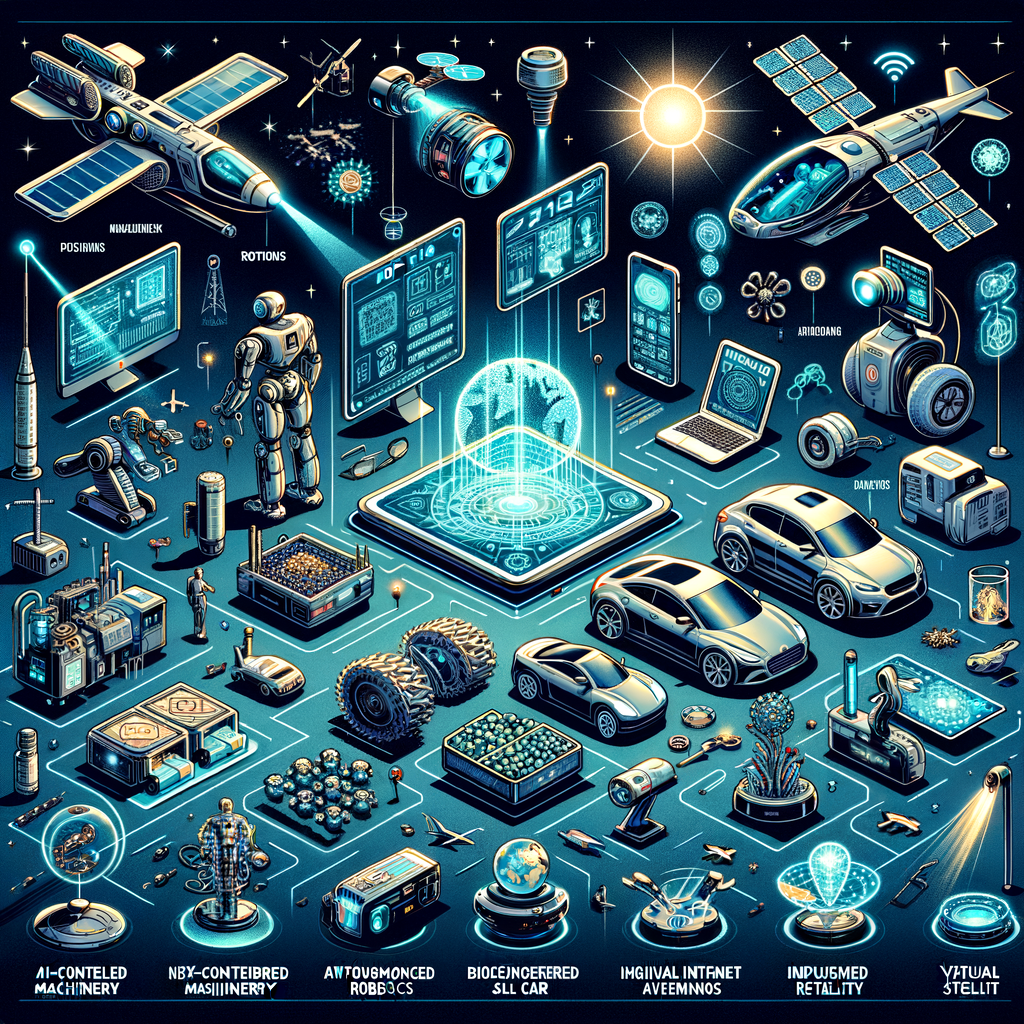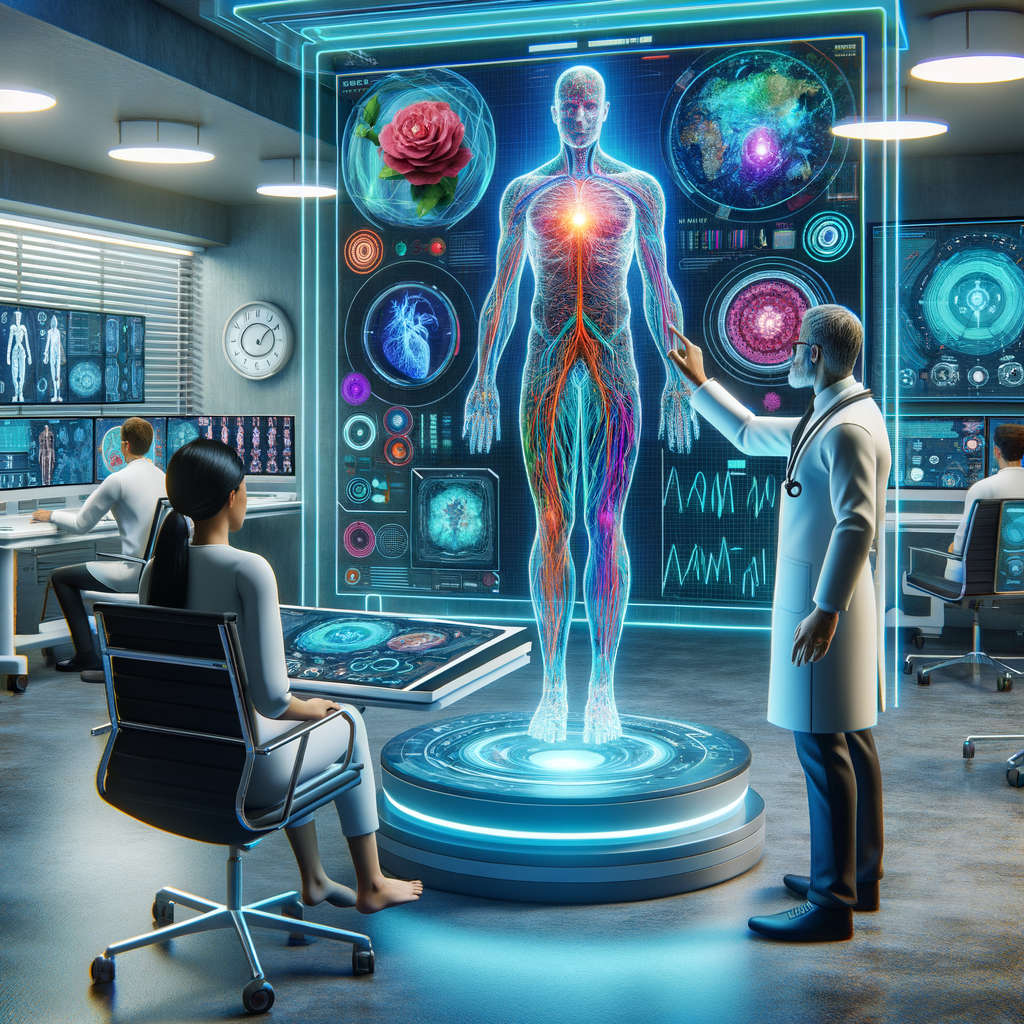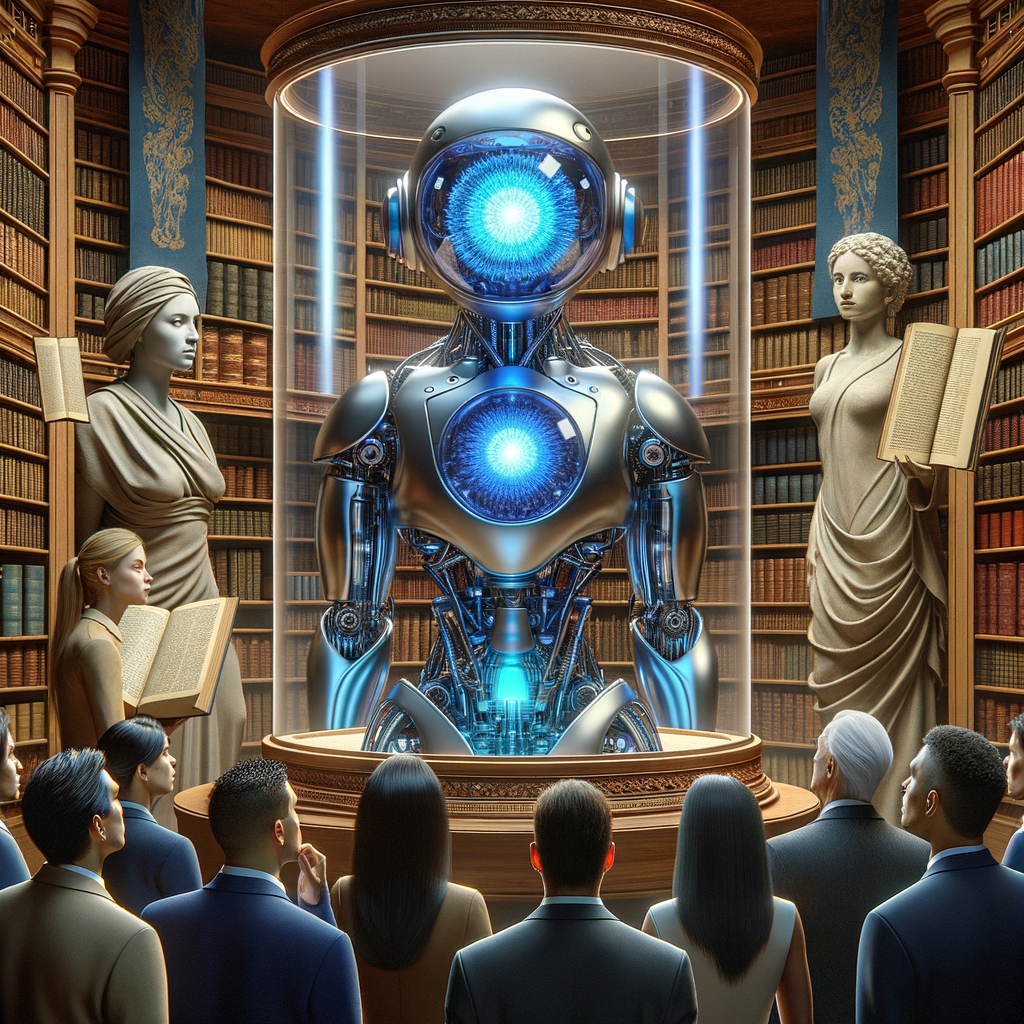Published on: October 2, 2023
What is Human-Robot Collaboration?
Human-robot collaboration (HRC) refers to the integrated interaction between humans and robots working together to maximize productivity and efficiency. In industries ranging from manufacturing to agriculture, this partnership is reshaping the future of work.
The Benefits of Human-Robot Collaboration
- Increased Productivity: Robots can handle repetitive tasks swiftly, allowing human workers to focus on more complex duties.
- Enhanced Safety: Robots can take over hazardous roles, reducing workplace injuries and improving safety standards.
- Cost Efficiency: Utilizing robotics for specific operations can lead to significant cost savings in labor and injury-related expenses.
Real-World Applications
Many companies are reaping the rewards of human-robot collaboration:
- Manufacturing: Firms like Siemens have integrated collaborative robots (cobots) to assist human workers on assembly lines.
- Agriculture: Drones and robotic harvesters are being used in farming, increasing crop yields while minimizing labor costs.
- Healthcare: Robots are being leveraged for surgeries and patient care, assisting doctors while ensuring optimal patient outcomes.
The Future of Human-Robot Collaboration
As technology advances, the potential for more sophisticated forms of HRC continues to expand. Artificial Intelligence is paving the way for robots that can learn from their human counterparts, further enhancing collaborative efforts. By embracing these innovations, industries can not only improve their operational efficiency but also create a more engaging work environment.




